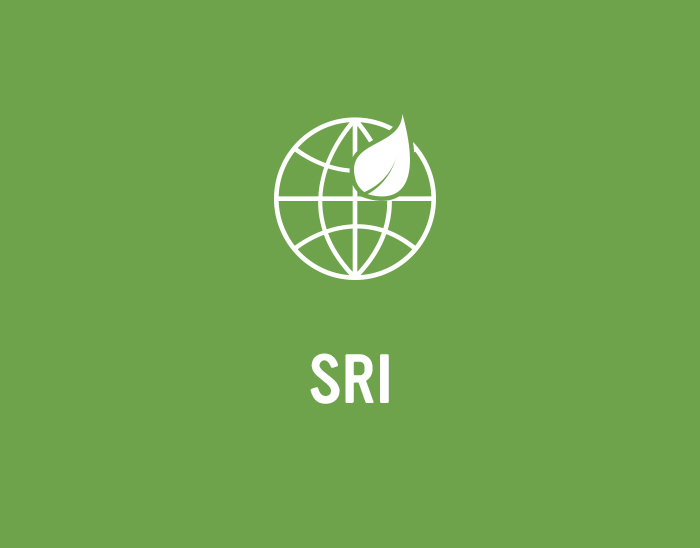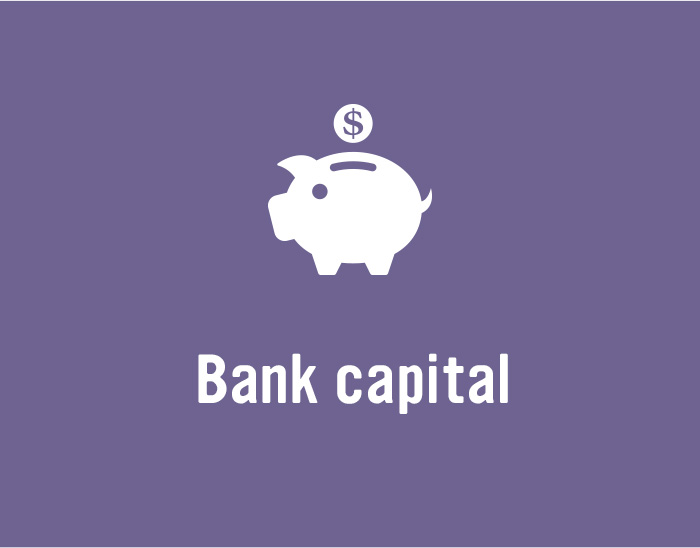
News

The Reserve Bank of New Zealand’s liquidity policy review could fundamentally reshape the way bank liquidity books – some of the country’s most important fixed-income investors, especially in the high-grade space – allocate their money. A worst-case outcome could weaken funding opportunities, the overall health of the New Zealand capital market and even the cost of credit across the economy.

Finding a way to reliably and meaningfully support environmental transition is perhaps the greatest contribution sustainable finance could make to achieving climate goals – and sustainability-linked bonds have been presented as critical tool for doing so. But flatlining issuance highlights what is perhaps the sector’s greatest challenge to date: how to agree, measure and monitor genuine transition ambition.

New Zealand’s liquidity policy review has already had an impact on the debt market and could cause a long-lasting shakeup of issuance norms. In June, KangaNews spoke to Kate Le Quesne, director, prudential policy at the Reserve Bank of New Zealand in Wellington, to discuss the regulator’s current thinking.

Commonwealth Bank of Australia, long a powerhouse in the research and analysis sector, returned to the top of the pile in the research categories of the KangaNews Fixed Income Trading and Research Poll 2023. Key team members speak to KangaNews about the direction and deployment of their insights.

Orith Azoulay, Paris-based head of Natixis CIB’s Green and Sustainable Hub, visited Australia for the first time in five years in June, to meet clients and discuss the rapidly evolving international sustainable finance space. During the trip, she spoke to KangaNews about market development, transition finance and emerging areas of focus.

Australia’s three largest state government bond issuers have all been active in the green, social and sustainability market for at least half a decade, while another peer joined their ranks in 2023 and the sovereign is preparing for a green-bond debut in calendar 2024. Frameworks, programmes and issuance approaches have not been static, however, as issuers seek to meet evolving investor needs and expectations.

Every year, ANZ and KangaNews gather global market participants at a roundtable in London to discuss the state of play in fixed-income issuance and investment. The 2023 discussion, which took place in mid-June, took in the growing appeal of the asset class, dynamics that are reshaping currency and tenor of issuance, and ever-growing scrutiny in sustainable finance.

Australian and New Zealand issuance trends in H1 2023 largely shook off ever-tighter policy conditions and consistent event risk, with several sectors producing year-to-date record primary market outcomes. With notable exceptions – such as the ongoing lack of momentum in Australian true corporate issuance – the biggest surprise of all may be the markets’ resilience to shocks.

As the yield offered by defensive asset classes comes back into fashion, retail investors may be coming round to fixed-income exchange-traded funds. Fund operators are not the only ones with an interest in understanding how the vehicle’s growth could affect market operation – especially in the less liquid credit sector.

Another quiet week in the Australian and New Zealand new issuance markets, punctuated by one landmark transaction: New Zealand Local Government Funding Agency’s A$1 billion debut in the Kangaroo market. Other than a clutch of small Kangaroo taps, the only other new deal to price was a securitisation from Loanworks Lending.


